Reportar esta entrada
Más sobre la misma comunidad-colección
Recuerdo del programa del 34th Annual Sun Carnival
The back cover of the 1968-1969 Southwestern Sun Carnival ...
Portada de la 34a Annual Southwestern Sun Carnival Program
Since 1936, New Years in El Paso has been rung in by the Sun ...
DIGIE - Premio de Concurso en Tecnología
Jamie Knoedler, Community Engagement Coordinator receives an ...
Joaquín Alvarado - Mejor fotografía de la semana
DIGIE'S best photograph of the week is Joaquin Alvarado who was ...
George Maloof III - Conservador del Museo Arqueológico
George Maloof III. - Curator of Archaeology Museum - El Paso, ...
Rubén González -Honored Día de los Veteranos - 2015
Ruben Gonzalez -Honored Veterans Day - 2015. Streets and ...
Padre Nerinckx fundador de Hermanas de Loretto
Rev. Charles Nerinckx was a Roman Catholic missionary priest ...
Herminia and Ray Duran's Wedding Toast
Herminia Cardiel Duran and Ray Duran toast alongside area ...
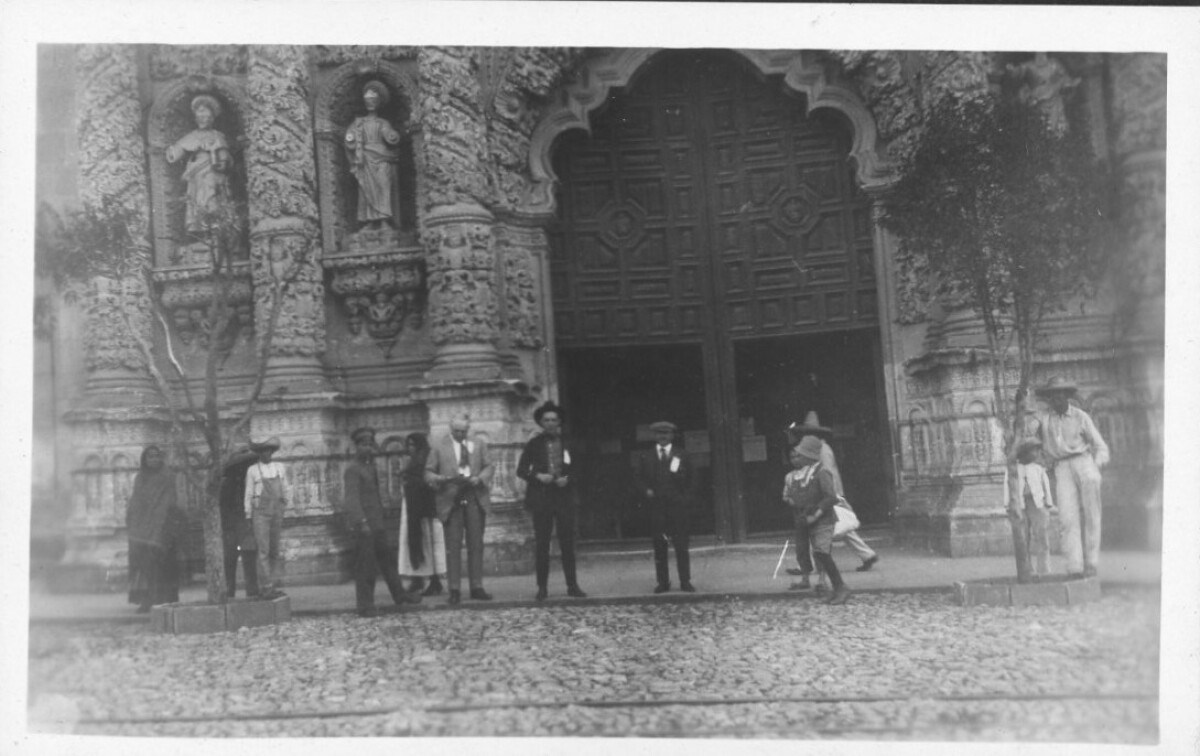
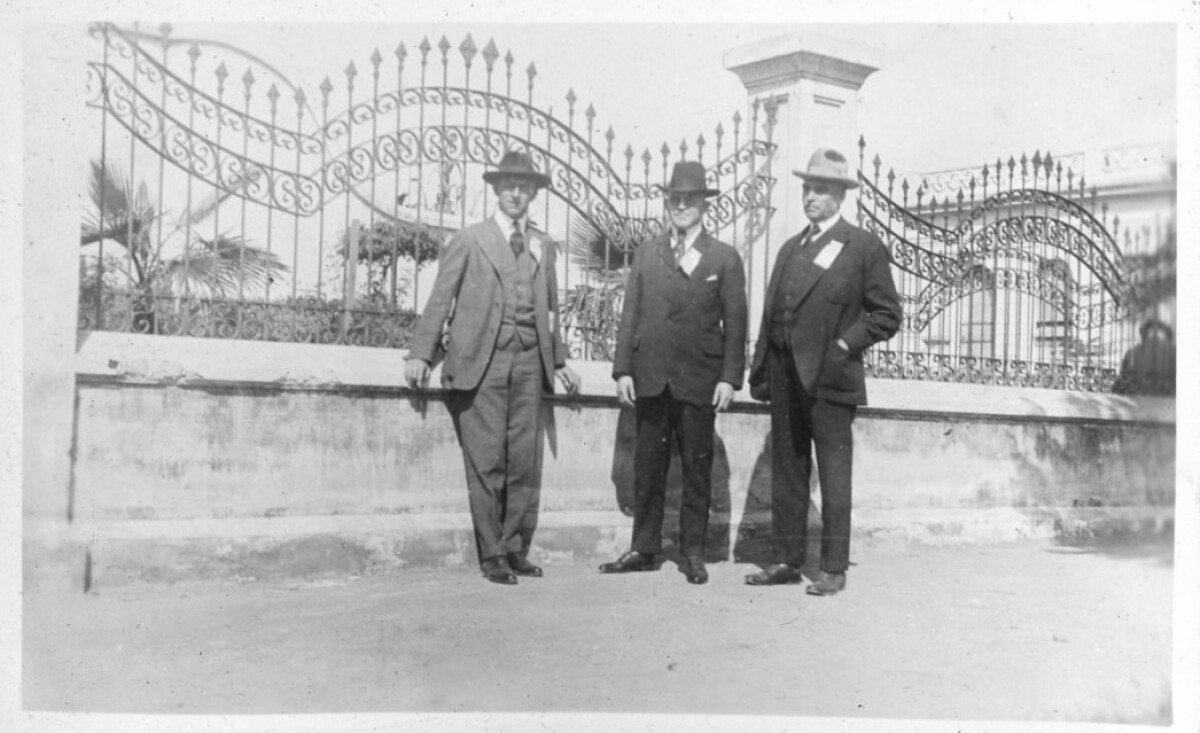
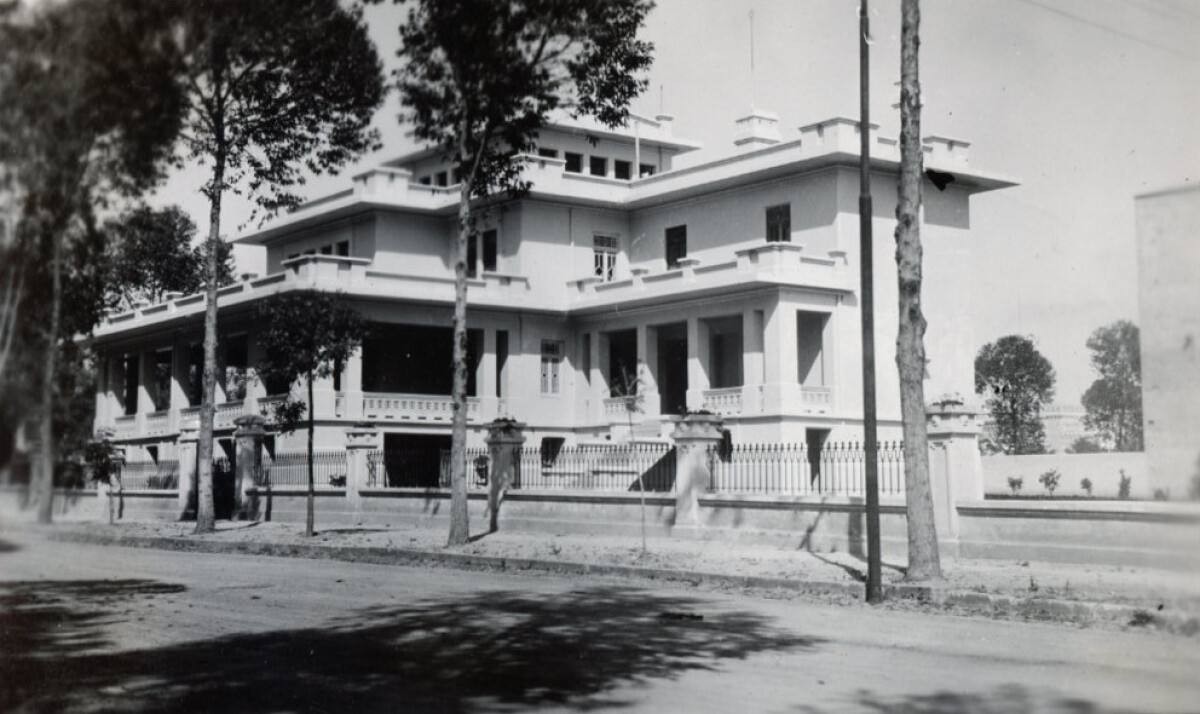
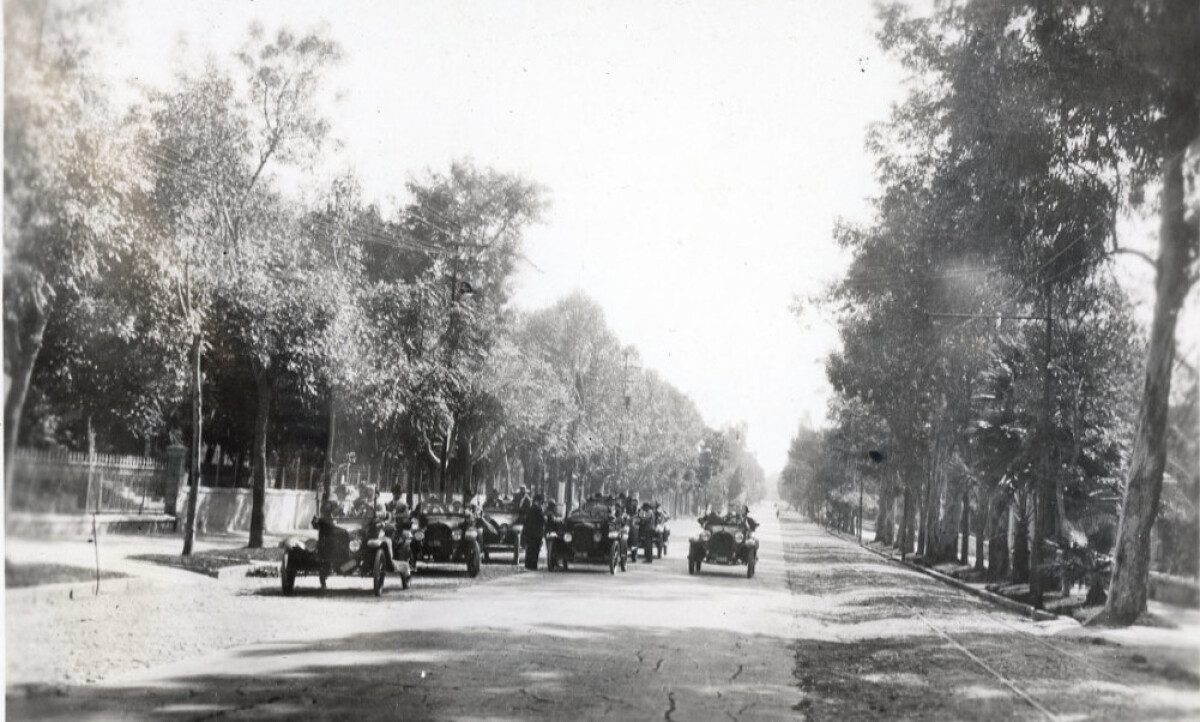
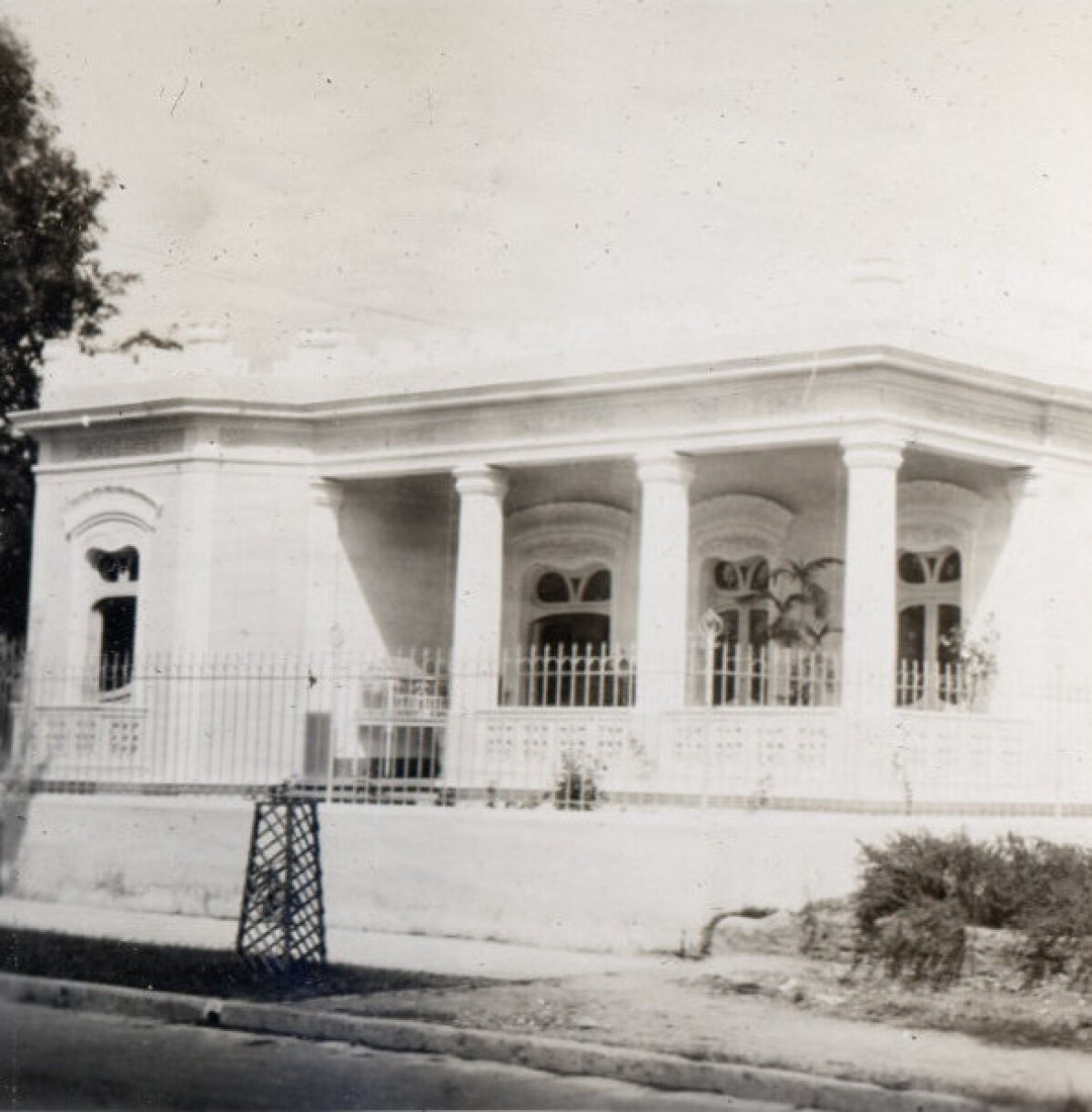
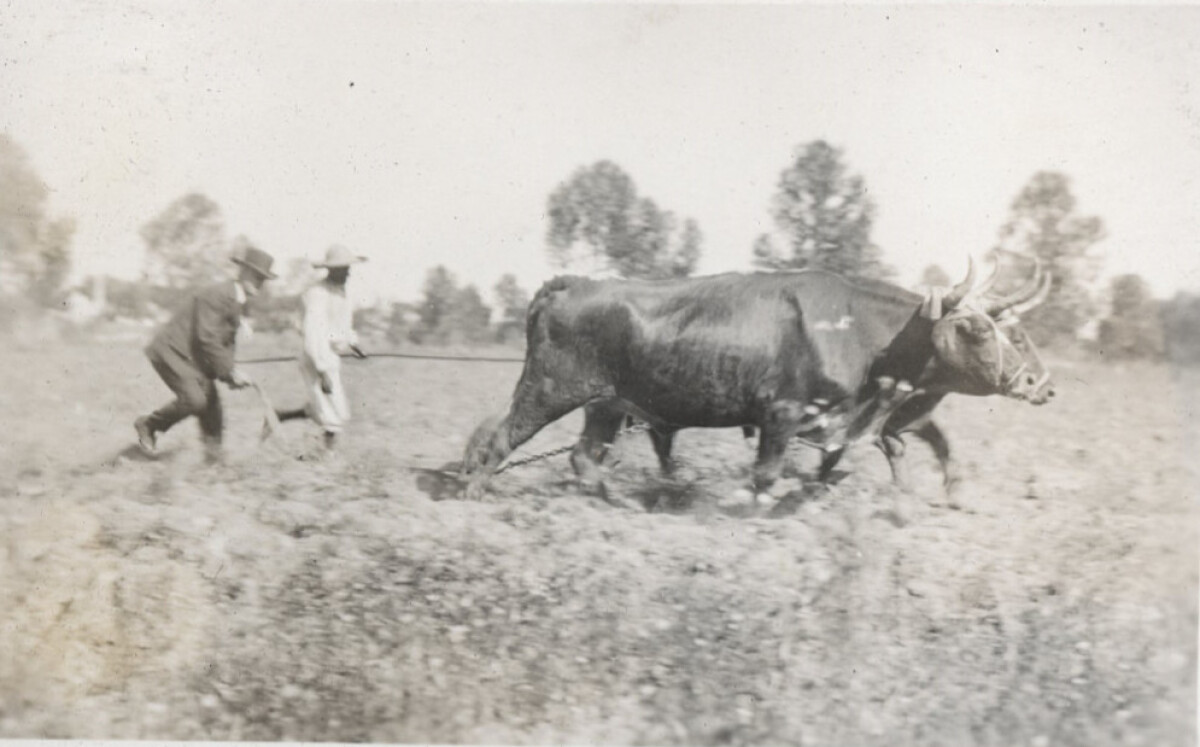
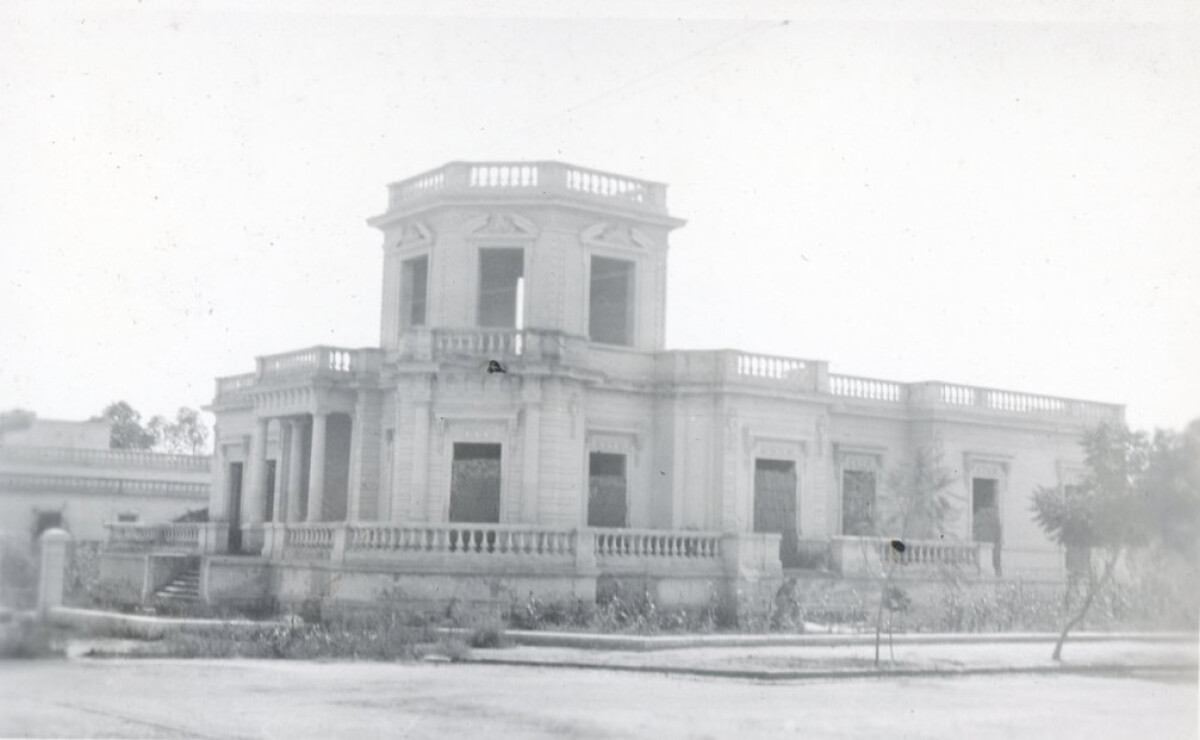
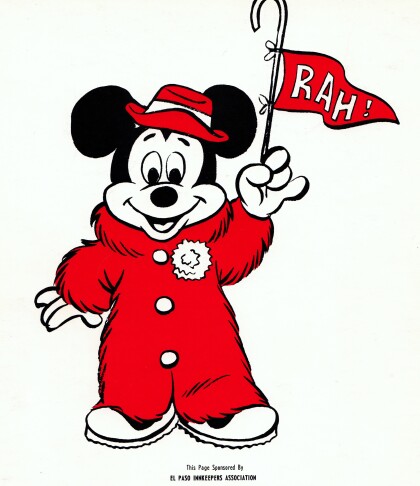
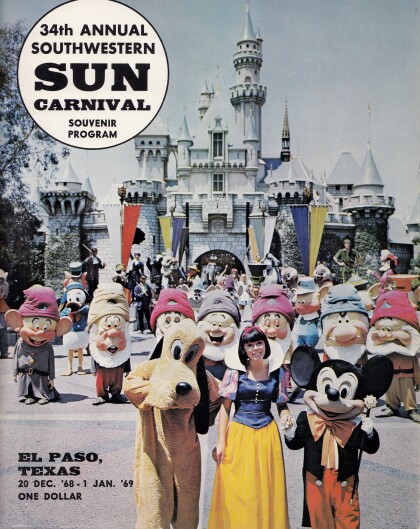
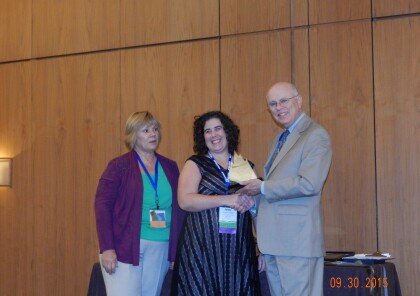
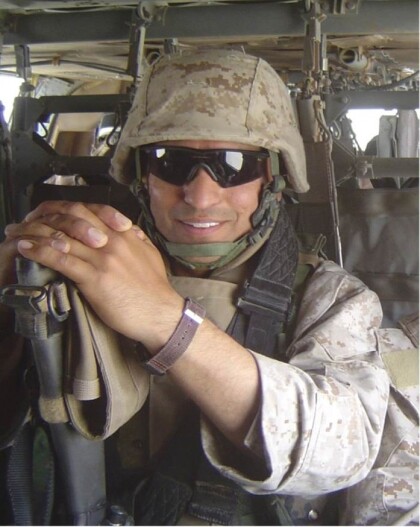
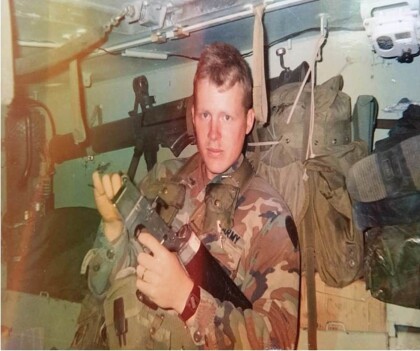
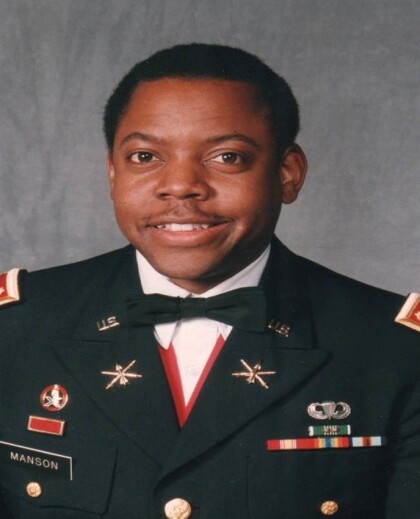
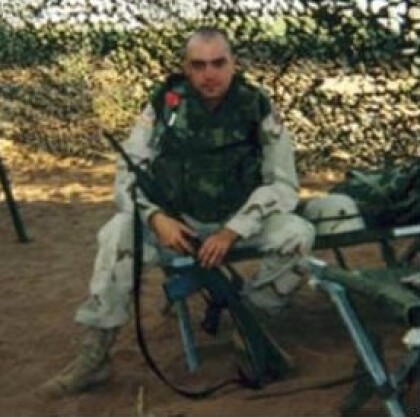
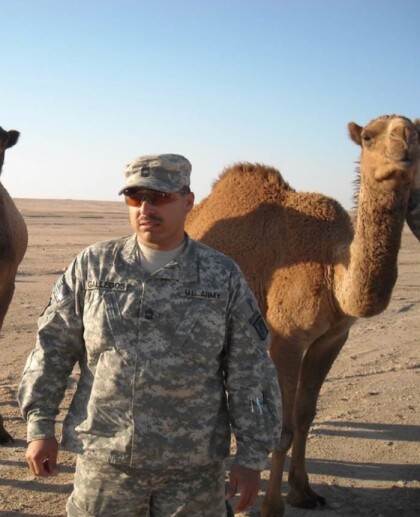
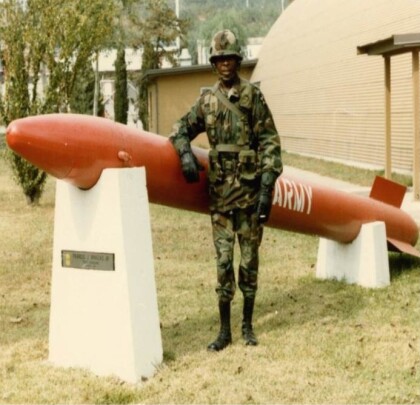
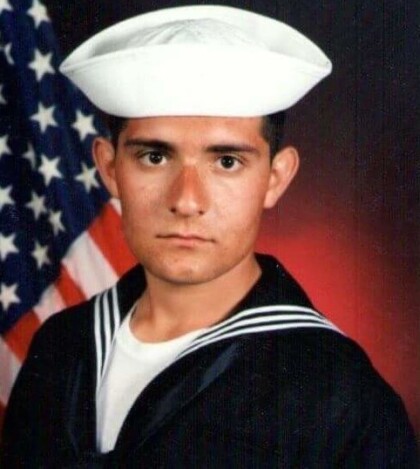
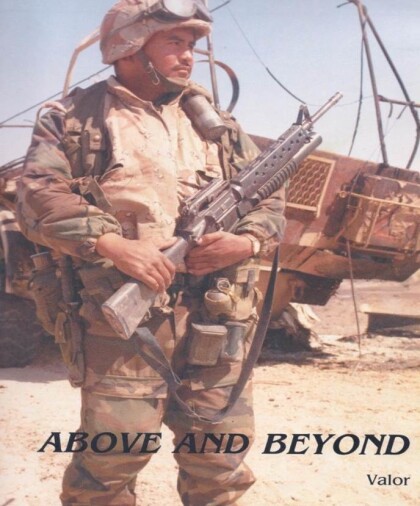

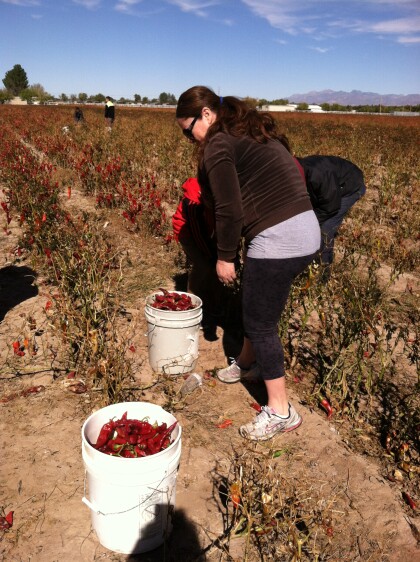
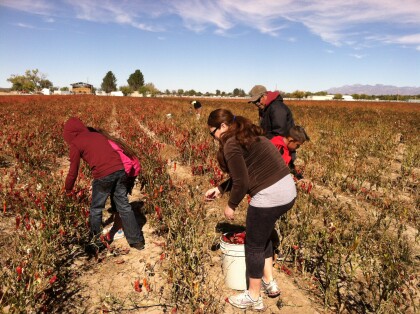
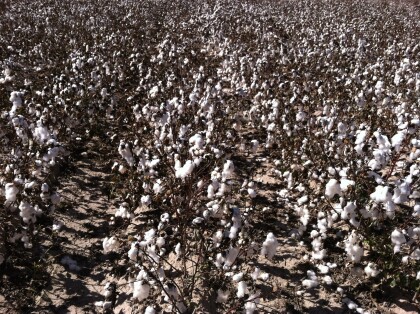
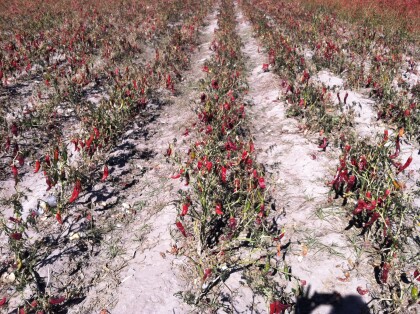
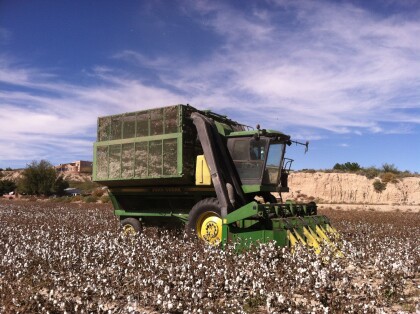
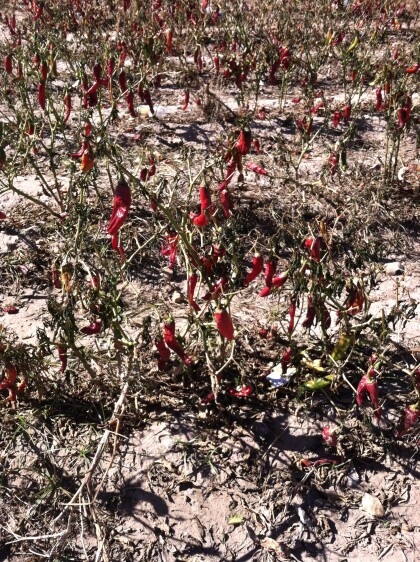
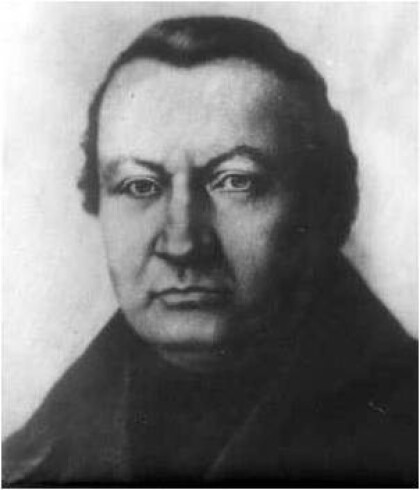

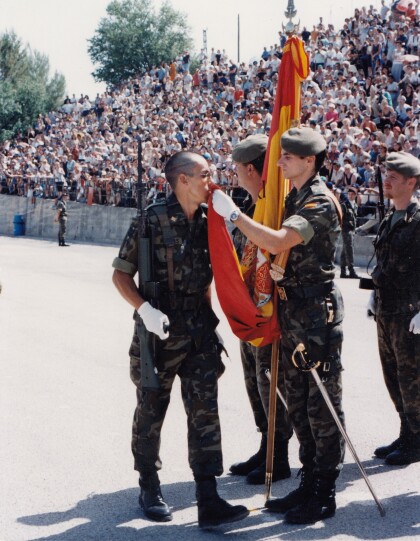
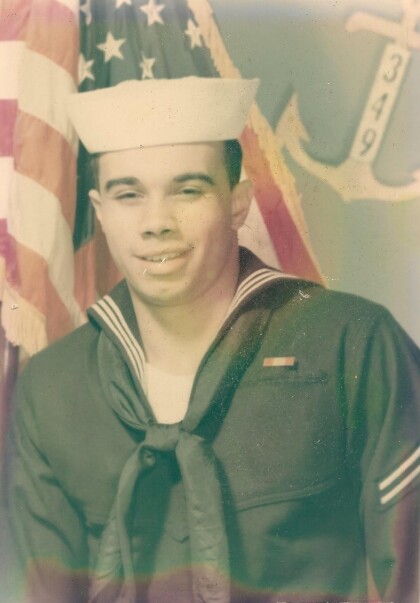
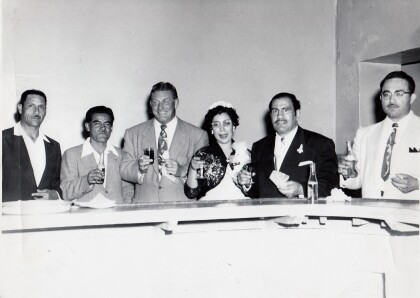
Comentarios
Hacer un comentario